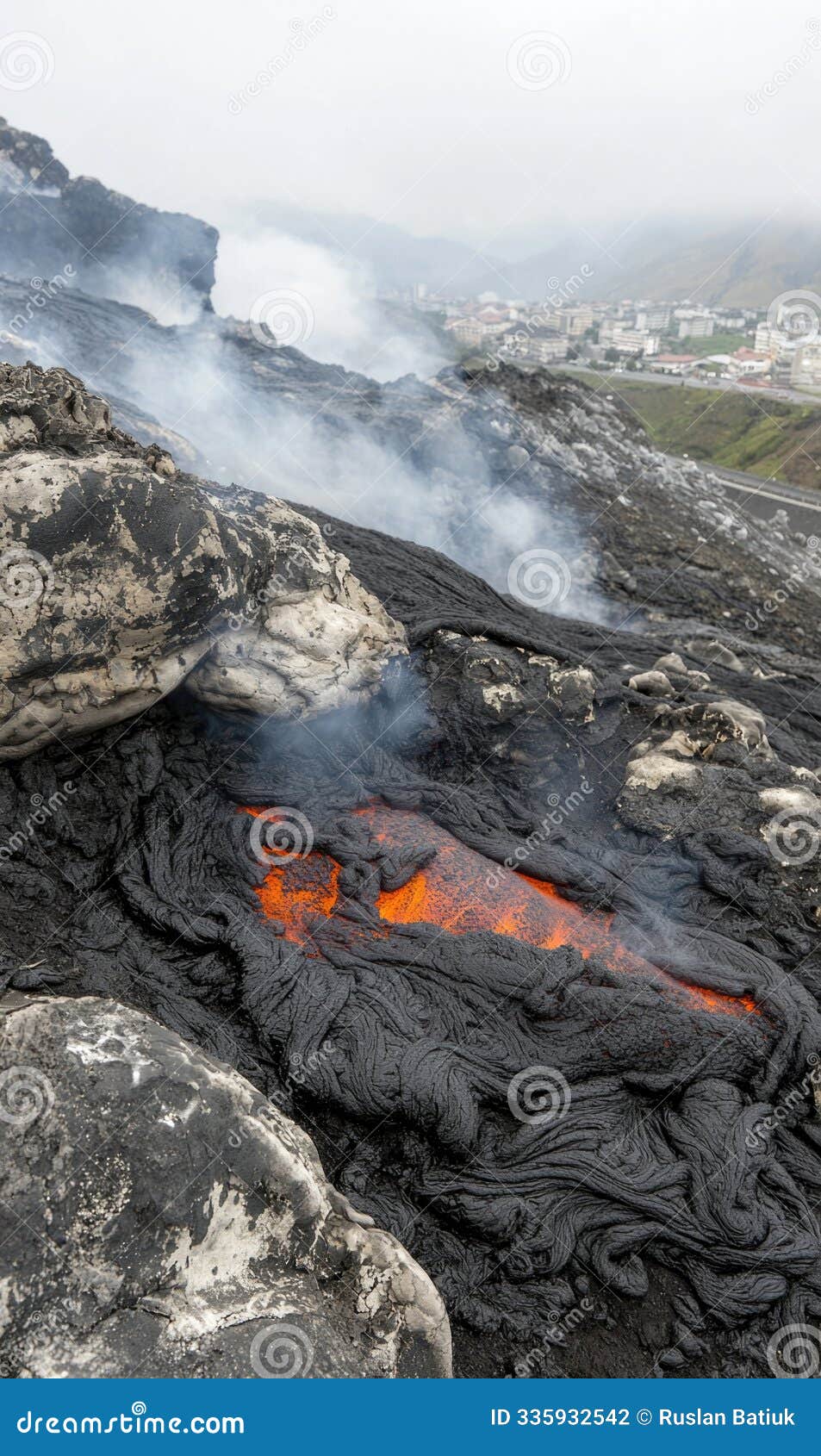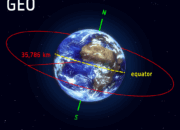Volcanic processes are intrinsic components of the Earth’s geodynamic systems, characterized by their ability to transform structural aspects of the planet’s crust. Among various phenomena associated with volcanism, the explosive nature of certain eruptions, particularly those involving elastic lava, presents both a scientific enigma and a source of fascination for volcanologists and physicists alike. Understanding the mechanics behind these explosive volcanic flows unveils not only the secrets of magma behavior but also the underlying principles of geology, materials science, and fluid dynamics.
The term “elastic lava” denotes a specific characteristic of lava that displays elastic properties under certain thermodynamic conditions. This phenomenon occurs when the magma enters different phases as it ascends through the crust, transitioning from a viscous to a more elastic state due to the varied pressure and temperature environments it encounters. At higher pressures, magma can retain gases and volatiles, which contribute significantly to explosive eruptions.
Volcanic eruptions can broadly be classified into several categories based on eruption style: effusive, explosive, and phreatomagmatic. Effusive eruptions are characterized by the gentle flow of lava, resulting in the formation of broad, low-angled shield volcanoes. In contrast, explosive eruptions can lead to the formation of stratovolcanoes. The latter represents a more violent expression of volcanic activity wherein high-energy explosions eject pyroclastic materials, including ash, volcanic gases, and volcanic rock fragments, into the atmosphere.
The genesis of explosive eruptions can be attributed to a combination of factors, predominantly the viscosity of the lava, the dissolved gas content, and the magma chamber characteristics. Viscosity plays a critical role, as more viscous lavas, typically found in andesitic and rhyolitic compositions, have a greater capacity to trap gases. As the trapped gases accumulate, pressures can reach critical thresholds. At these points, the physical state of the trapped gases transitions, which can lead to a rapid increase in volume and drive violent explosive eruptions. Understanding these dynamics is essential for assessing volcanic hazards and providing predictive models for future eruptions.
The role of volatiles—primarily water vapor, carbon dioxide, and sulfur dioxide—cannot be overstated in the mechanics of explosive volcanic activity. As magma rises towards the surface, a decrease in pressure allows dissolved gases to exsolve, leading to bubble formation. This process transforms magma into a foam-like structure, dramatically increasing its volume and lowering its density, which promotes explosive behavior when the pressure is released. The explosive fragmentation of magma occurs as bubbles expand, leading to fragmentation of the lava and the dispersal of fine ash particles across large distances.
Elastic deformation of magma is a pivotal aspect of the explosive eruption mechanism. When pressure builds in a magma chamber, the elastic storage of energy can result in a buildup of strain within the surrounding rock formations. When the confined pressure eventually exceeds the elastic limit of these formations, the release of this accumulated energy propagates upwards, resulting in fracturing of the crust and catastrophic eruptions. This process can be further exacerbated by the presence of water, which can lead to phreatic eruptions—a form of eruptive activity where magma interacts with groundwater, creating steam explosions that eject water and rock fragments into the atmosphere.
The eruption dynamics of elastic lava can be investigated through a combination of observational studies, field measurements, and experimental modeling. Monitoring volcanic activity with modern techniques, such as satellite remote sensing and ground deformation surveys, enables scientists to elucidate the pre-eruptive behavior of volcanoes. Additionally, petrological studies, involving detailed analysis of volcanic rock samples, afford insights into the magma’s volatile content and textures that further inform eruption mechanics.
Field studies play a crucial role in understanding the various manifestations of explosive volcanism. For instance, the stratigraphy of volcanic deposits offers a chronicle of past eruptive events, allowing researchers to reconstruct the sequence and magnitude of eruptions. The examination of ash layers and tephra deposits provides valuable datasets for assessing the explosive potential of active volcanoes. Furthermore, the study of past eruptions aids in the formulation of risk assessment models, which can be vital in preemptive evacuation protocols in populated volcanic regions.
Case studies of notable explosive events, such as the eruption of Mount St. Helens in 1980 and the more recent eruption of Eyjafjallajökull in 2010, illustrate the complexity inherent in volcanic behavior. The 1980 eruption, characterized by lateral blasts and significant ash ejection, showcased the destructive power of elastic lava dynamics given the right geophysical conditions. Eyjafjallajökull’s eruption caused unprecedented disruptions to air travel across Europe and highlighted the global implications of local volcanic activities.
In conclusion, the exploration of elastic lava and its explosive potential encompasses various interdisciplinary fields, ranging from geology and physical chemistry to atmospheric sciences. The intricacies of volcanic flows, especially in relation to explosivity, offer profound implications not only academically but also practically, as understanding these phenomena enables better preparedness and risk mitigation strategies for communities living in the shadow of volcanoes. As research continues to unravel the secrets of volcanic systems, we enhance our appreciation for the dynamic processes that shape our planet and the delicate balance that sustains life amidst the fury of nature.










